
Russia’s “special military operation” in Ukraine has been raging for almost a year now, the conflict continuing to record devastating casualties and force the mass displacement of millions of blameless Ukrainians.
Vladimir Putin began the war by claiming Russia’s neighbour needed to be “demilitarised and de-Nazified”, a baseless pretext on which to launch a landgrab against an independent state that happens to have a Jewish president in Volodymyr Zelensky.
Ukraine has fought back courageously against Mr Putin’s warped bid to restore territory lost to Moscow with the collapse of the Soviet Union and has continued to defy the odds by defending itself against Russian onslaughts with the help of Western military aid.
Battle tanks from the US, Britain and Germany are now being supplied for the first time and Mr Zelensky toured London, Paris and Brussels in early February 2023 to request fighter jets be sent as well in order to counter the Russian aerial threat, a step the allies appear to have reservations about making, although Joe Biden has since visited Kyiv in a gesture of solidarity.
Much of the fighting has been concentrated around the key eastern city of Bakhmut of late, with bombardments and heavy artillery fire taking place as Russian forces ramp up a major new offensive with the one-year anniversary of the war looming.
In the autumn, Mr Zelensky’s forces launched a major campaign of their own to retrieve the besieged city of Kharkiv and succeeded in driving Russian “orcs” out of Kherson but, as Ukraine’s resistance grows, Mr Putin’s threats of escalating the fight grow too, causing concern globally about the prospect of nuclear warfare being unleashed.
Mr Zelensky has said Russian officials have begun to “prepare their society” for the possible use of nuclear weapons but added that he does not believe the Kremlin is ready to use them.
The president believes action is needed now to avert that scenario, pointing out that Russia’s threats pose a “risk for the whole planet” and that Moscow has “made a step already” by occupying the Zaporizhzhia nuclear power plant, Europe’s largest nuclear station.
In response to the ever-growing sense that his invasion has backfired, Mr Putin staged a televised address in September in which he ordered a partial military mobilisation of 300,000 reservists and reiterated his threat to use nukes against the West, a major escalation of his rhetoric in which he assured the world: “It’s not a bluff.”
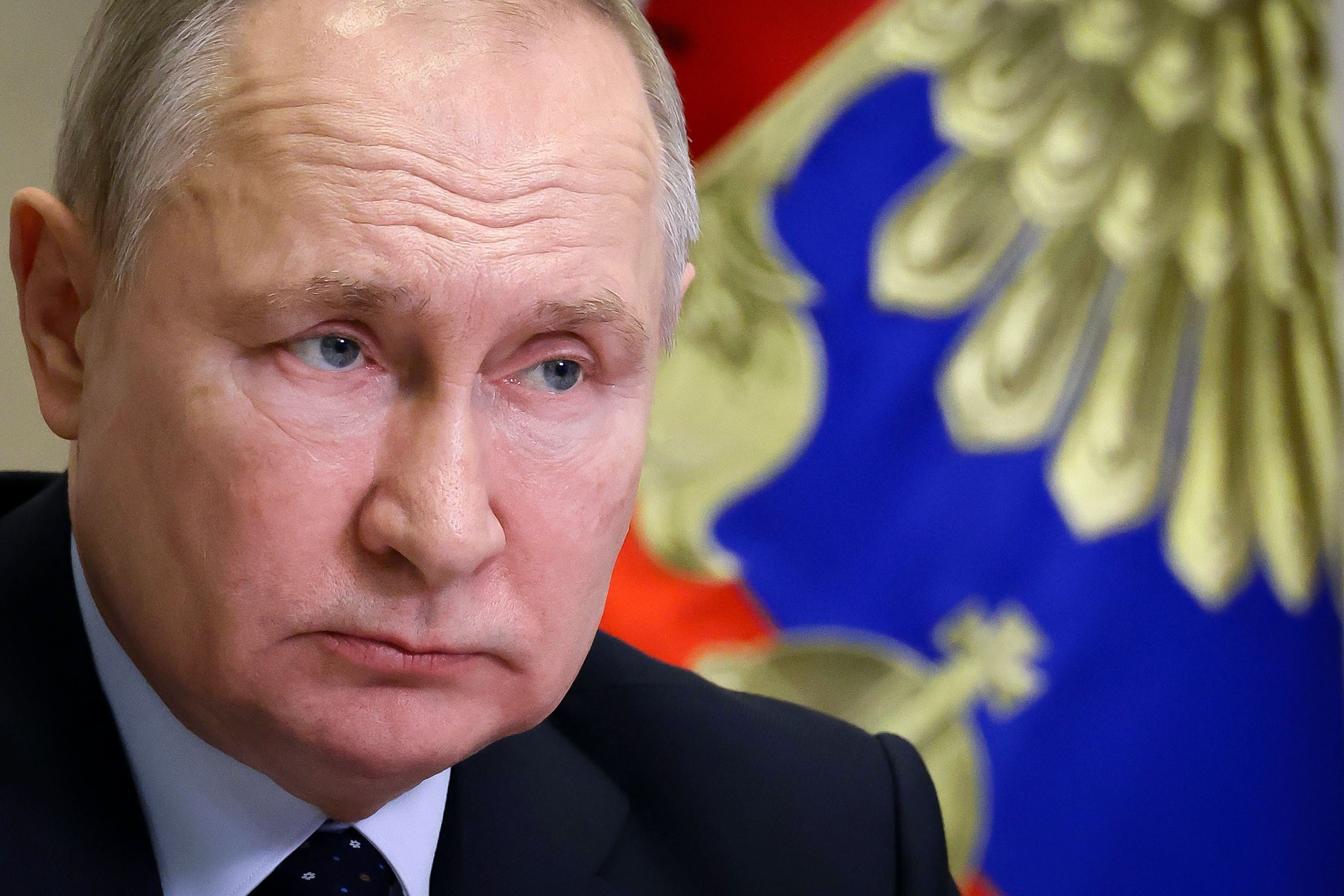
The Kremlin’s faltering troops, otherwise saddled with outmoded equipment and sub-standard supplies, have employed brutal siege warfare tactics throughout the war, surrounding Ukraine’s cities and subjecting them to intense shelling campaigns, a strategy previously seen in Chechnya and Syria.
Ukrainian cities in the east and south have been battered by Russian missiles in pursuit of gradual gains, while the targeting of residential buildings, hospitals and even nurseries and memorials have led to outraged accusations of civilians being intentionally targeted and of war crimes being committed on a massive scale.
The discovery of mass graves in towns like Bucha and Izium have shocked the world.
Mr Zelensky’s initial appeals for Nato to implement a no-fly zone remain unanswered as the West fears such an act would be interpreted as a provocation by Russia and draw the alliance into a much larger war over Eastern Europe.
However, US president Joe Biden, his European counterparts Rishi Sunak, Emmanuel Macron and Olaf Scholz and UN secretary general Antonio Guterres have all condemned the Kremlin’s “unprovoked and unjustified” invasion and promised to hold it “accountable”, with the West introducing several rounds of tough economic sanctions against Russian banks, businesses and oligarchs while supplying Ukraine with additional weapons, hardware and defence funding.
The Ukrainian president has recently shown signs of frustration with allied dithering over next steps and the West has also faced criticism for not doing enough to support the millions of refugees from the conflict, who have fled their homeland for neighbouring states like Poland, Hungary, Slovakia, Romania and Moldova.
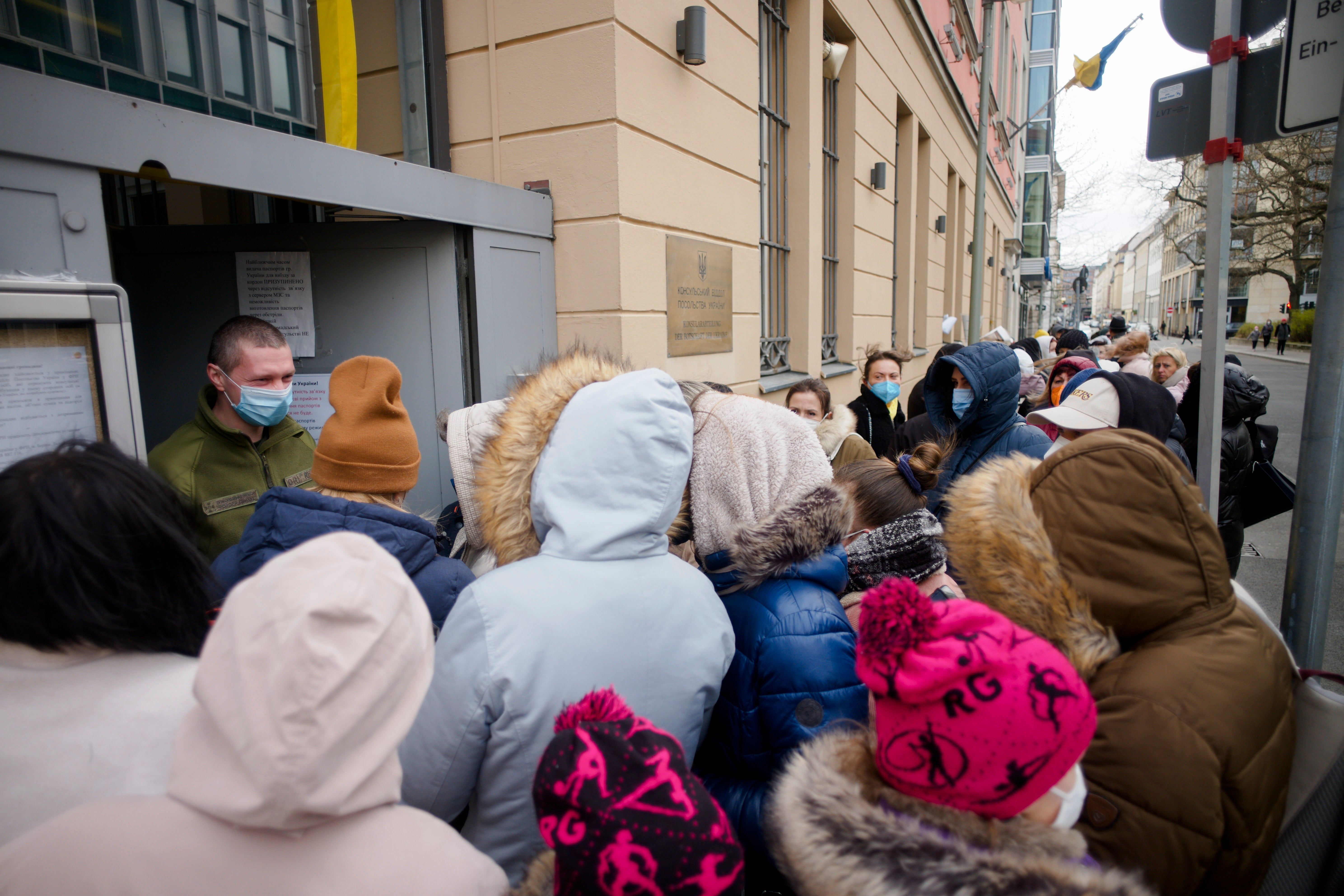
So what are the key issues behind the conflict, where did it all begin and how might it unfold?
How did the crisis start?
Rumbling tensions in in the region first began in December 2021 when Russian troops amassed at its western border with Ukraine, creating widespread international concern but not acting until the final week of February 2022, when Mr Putin moved to officially recognise the pro-Russian breakaway regions of the Donetsk People’s Republic (DPR) and Luhansk People’s Republic (LPR) as independent states.
This enabled him to move military resources into those areas, in anticipation of the coming assault, under the guise of extending protection to allies.
That development meant months of frantic diplomatic negotiations pursued by the likes of US secretary of state Antony Blinken, Mr Macron, Mr Scholz and then-UK foreign secretary Liz Truss in the hope of averting calamity had ultimately come to nothing.
Going back even further to 2014 gives the current situation more context.
Russia annexed Ukraine’s Crimean Peninsula that year in retaliation after the country’s Moscow-friendly president, Viktor Yanukovych, was driven from power by the midwinter mass protests seen in Kyiv’s Maidan Square, an angry reaction to his decision to reject a treaty strengthening economic and diplomatic ties between his country and the EU, probably acting under pressure from the Kremlin.
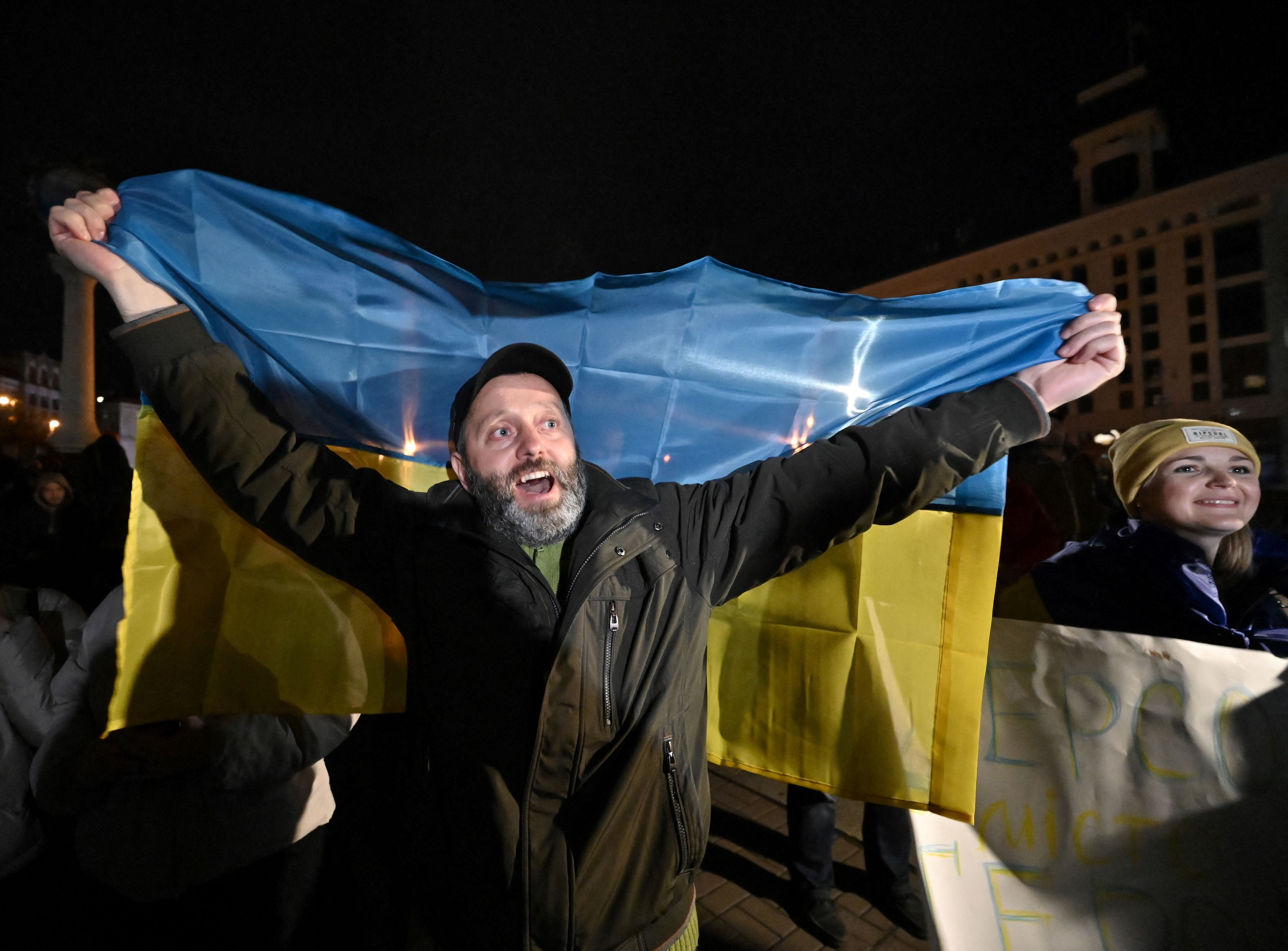
Weeks later, Russia threw its weight behind two separatist insurgency movements in Ukraine’s eastern industrial heartland, the Donbas, which eventually saw pro-Russian rebels in Donetsk and Luhansk declare the DPR and LPR independent states, although their claims went entirely unacknowledged by the international community.
More than 14,000 people died in the fighting between 2014 and 2022, which devastated the region.
Both Ukraine and the West have accused Russia of sending troops and weapons to back the rebels but Moscow has denied the allegations, stating that the “Little Green Men” who joined the separatists’ cause were not really Russian soldiers or had done so voluntarily, hence their lack of identifying insignia, an argument few believe.
A 2015 peace accord – the Minsk II agreement – was brokered by Francois Hollande of France and Germany’s Angela Merkel to bring Mr Yanukovych’s eventual successor Petro Poroshenko and Mr Putin to the table in the hope of ending the bloodshed.
The 13-point agreement obliged Ukraine to offer autonomy to the separatist regions and amnesty for the rebels while Ukraine would regain full control of its border with Russia in the rebel-held territories in return.
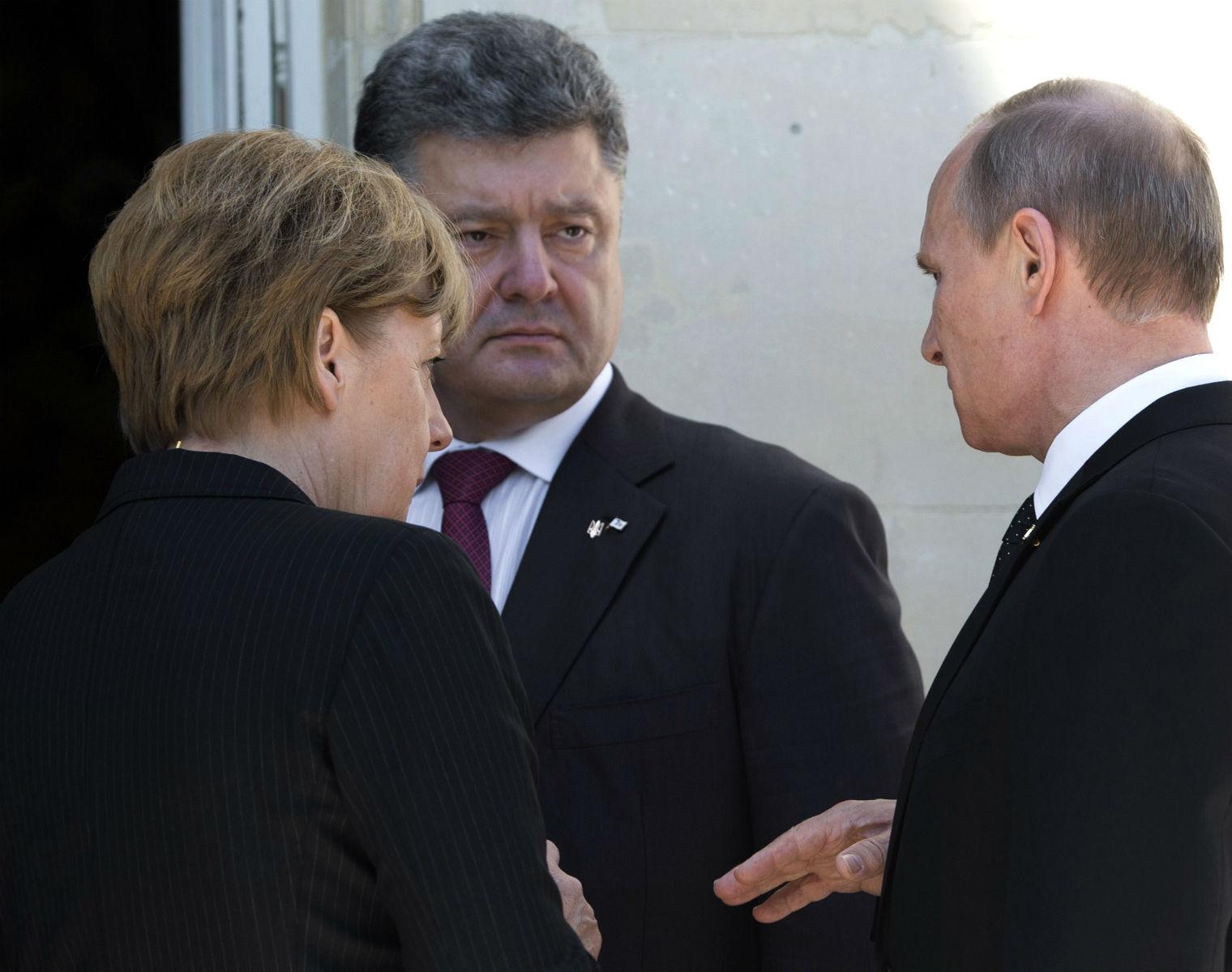
The agreement is highly complex and remains contested, however, because Moscow continues to insist it has not been a party in the conflict and is therefore not bound by its terms.
In point 10 of the treaty, there is a call for the withdrawal of all foreign armed formations and military equipment from the disputed DPR and LPR: Ukraine says this refers to forces from Russia but Mr Putin is adamant in his denials that his country has any of its own troops in the contested regions, despite the obviousness of the untruth.
In 2021, a spike in ceasefire violations in the east and a Russian troop concentration near Ukraine fuelled fears that a new war was about to erupt but tensions abated when Moscow pulled back the bulk of its forces.
How is the situation at present?
As discussed, the fighting has become entrenched around the towns of Bakhmut and Soledar since late 2022, with Russia’s savage Wagner Group mercenaries battling Ukrainian forces in heavy mud, rubble and sub-zero temperatures in what has become a savage war of attrition.
Of the latest aggressions against Bakhmut, the deputy commander of Ukraine’s Svoboda battalion, Volodymyr Nazarenko, said: “The city, the city’s suburbs, the entire perimeter, and essentially the entire Bakhmut direction and Kostyantynivka are under crazy, chaotic shelling.”
But after months of costly and violent warfare like this, it is believed that Russian citizens are finally beginning to see through the fog of Kremlin propaganda and understand Mr Putin’s misjudgement of the war for what it is, the aggressor having suffered devastating losses and economic consequences as a direct result of its leadership’s actions.
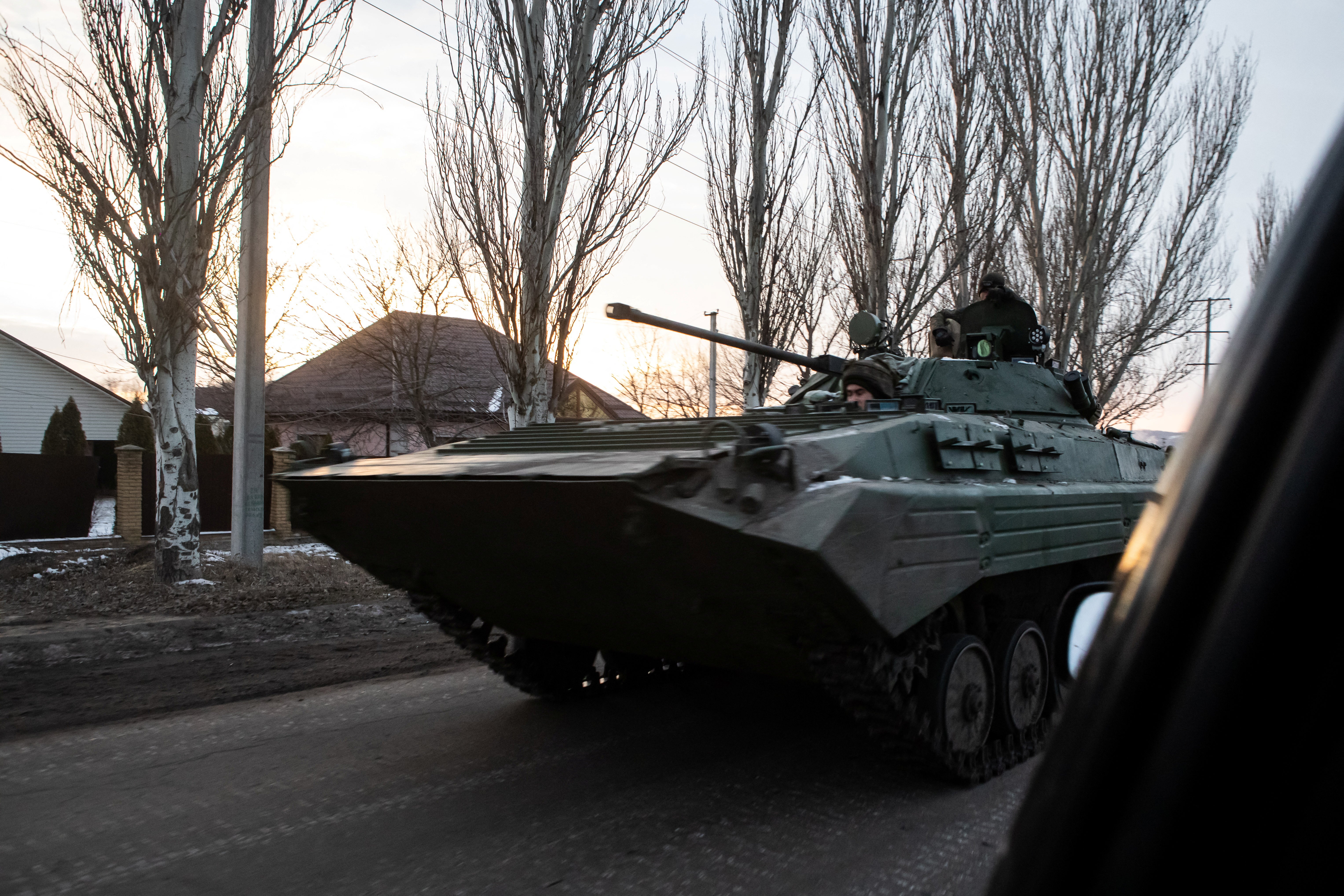
The news that the average number of Russian soldiers dying per day has hit 824 in February 2023, four times higher than the rate of casualties recorded in June and July 2022, will only increase the pressure on Mr Putin at home.
A growing reluctance to see more conscripts killed and living standards fall, especially in support of a war so ill-defined, is likely and could eventually lead to street protests.
Sir Jeremy Fleming, director of the intelligence, cyber and security agency GCHQ, said Russians are now feeling the consequences of the Kremlin leader’s “war choice”.
What might happen next?
In October, Russia responded to Ukrainian strikes on a major bridge connecting Crimea to its territory – a matter of huge pride to Mr Putin when it was first opened – by launching a widespread missile bombardment of Ukraine, some of which killed civilians in Kyiv.
Mr Putin called the destruction of the bridge along the Kerch Strait “an act of terrorism aimed at destroying critically important civilian infrastructure”.
In response to these assaults, Mr Zelensky accused Russia of trying to wipe his country “off the face of the earth” while his foreign minister, Dmytro Kuleba, added that the strikes show Mr Putin “is a terrorist who talks with missiles.”
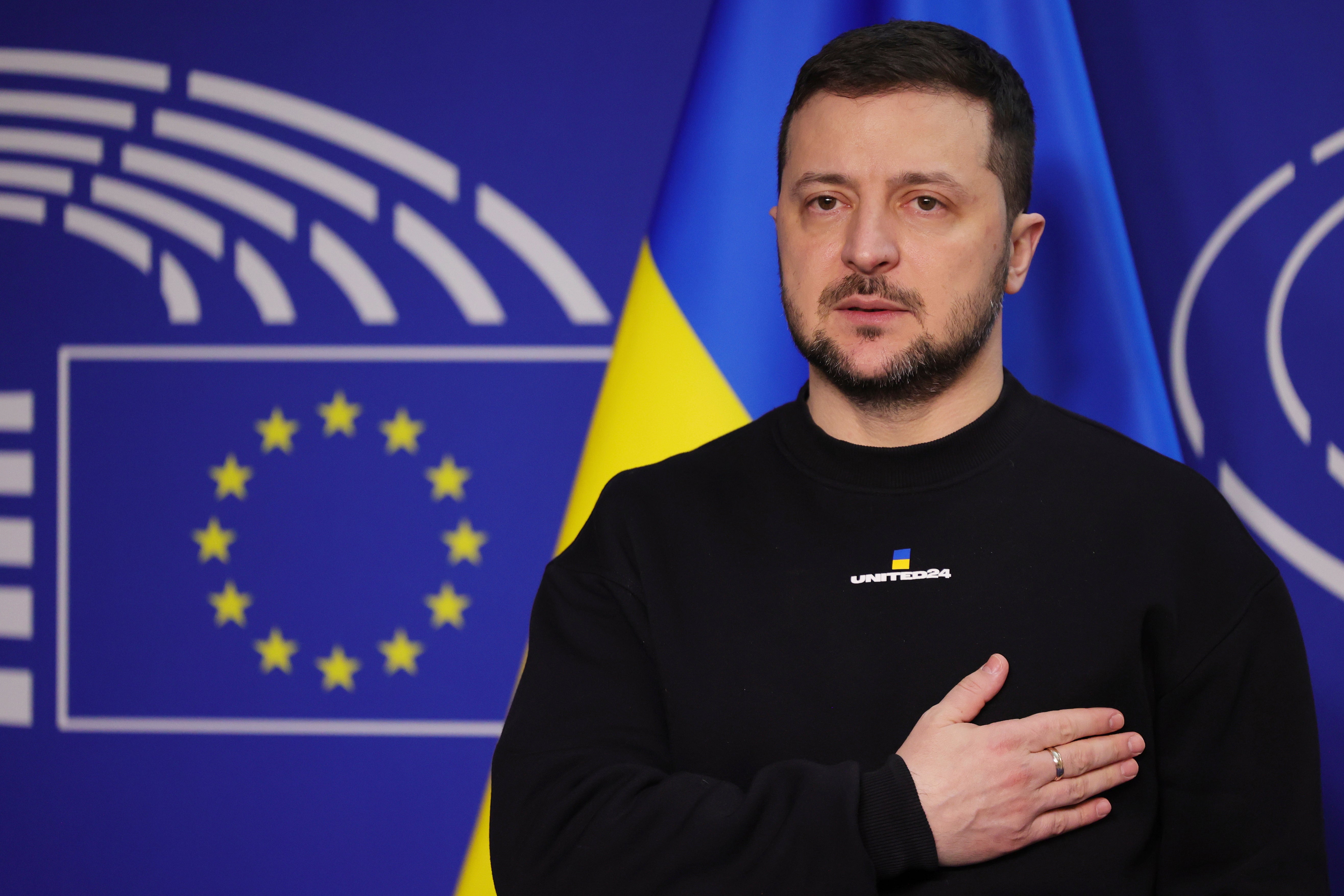
Meanwhile, the West continues to assess the risk of nuclear warfare.
Mr Biden has warned explicitly that the conflict could lead to “nuclear armageddon.” However, the White House has insisted that it has no reason to believe there is an “imminent” threat of Mr Putin using such weapons just yet.
But the Kremlin leader did make clear in that September address that Russia would consider the use of nuclear weapons against Nato if its territory were to be threatened as a result of the invasion.
At the time, Mr Putin warned: “To those who allow themselves to make such statements about Russia, I would like to remind you that our country also has various means of destruction, and for some components more modern than those of the Nato countries.”
The threat was the most significant suggestion of the use of nuclear weapons by a leader with access to those weapons in decades and threatened to return Washington and Moscow to the height of tensions not seen since the Cold War.
The question of fighter jets now needs to be resolved with some urgency as the war enters a new stage with the coming of spring.
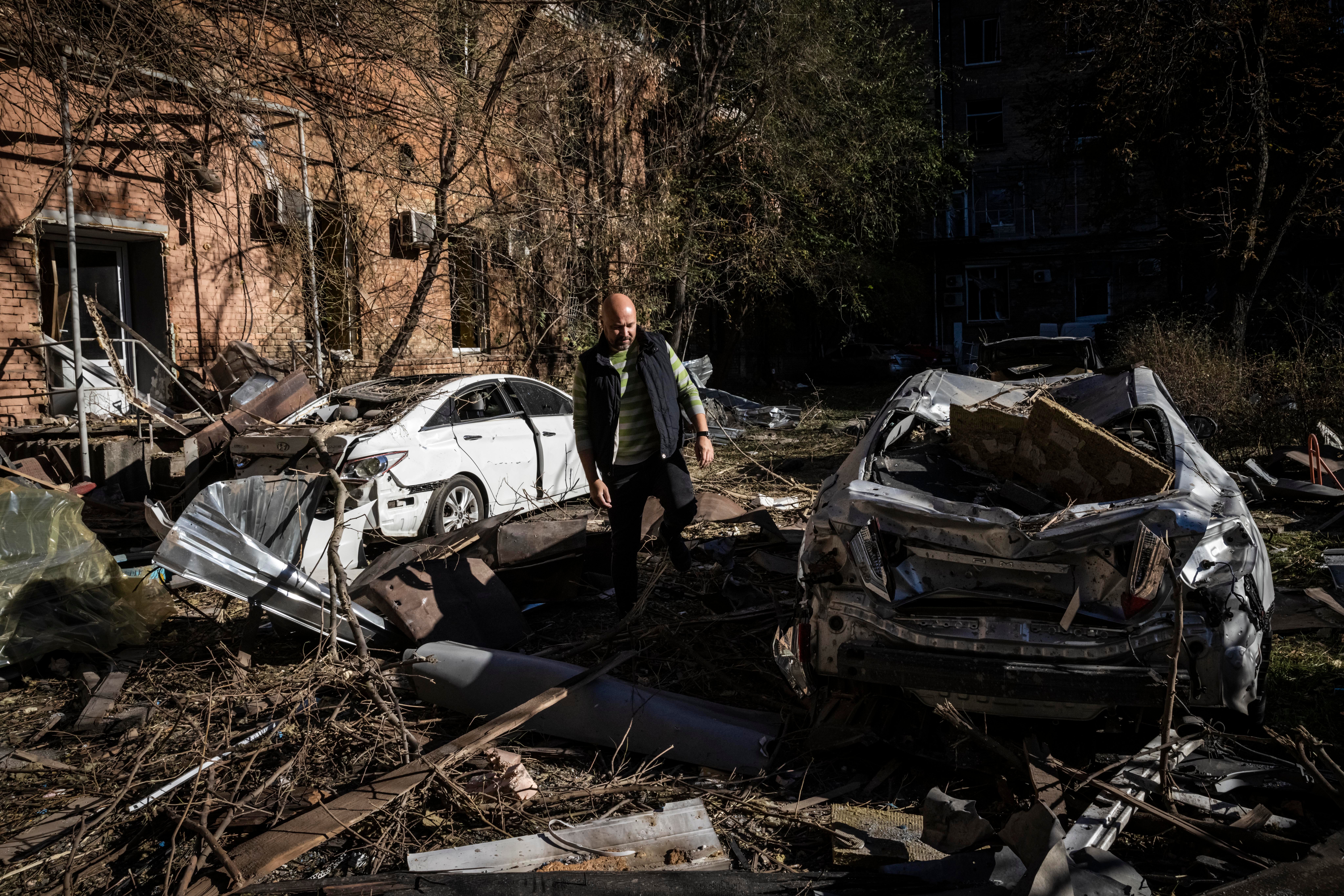
It is feared that Mr Putin, humiliated by the failure of his conquest so far, could now resort to even more drastic measures as the first anniversary of the war approaches, given that he will be under enormous pressure to present demonstrable “wins” to a Russian public growing impatient with a futile conflict.
The prospect of the war finally spilling out over Ukraine’s borders and engulfing the rest of Europe can also not be dismissed, although Nato remains hugely reluctant to take up arms against Russia and will do everything in its power to avert that nightmare scenario.
Ukraine is not (yet) a member of the military alliance, hence Article 5 of the North Atlantic Treaty not having been triggered before this point.
However, the world saw a near-miss on 15 November when what appeared to be a Russian rocket crossed into Poland, killing two people when it hit a grain silo in Przewodow, Lublin, an act that might well have been interpreted as an attack on a Nato ally necessitating the entire alliance entering the fray to come to its defence.
Fortunately, cooler heads prevailed and investigators concluded that the blast had actually been caused by a Soviet-era relic from Ukraine’s own arsenal, which had been fired in an attempt to bring down one of the aggressor’s projectiles targeting Lviv and drifted off course by mistake.
The West breathed a collective sigh of relief but the episode served to illustrate just how quickly matters could escalate into a much wider war over continental Europe.







